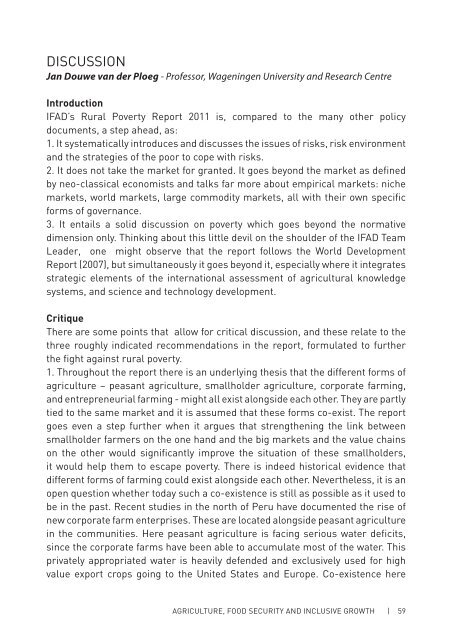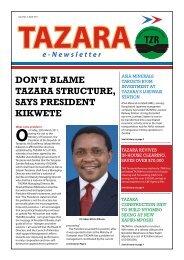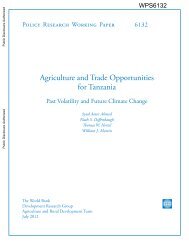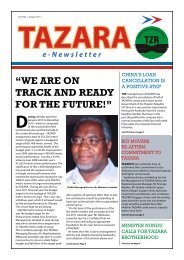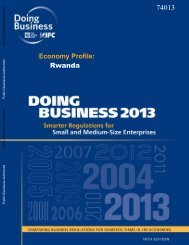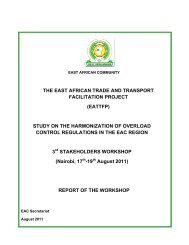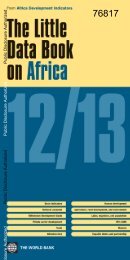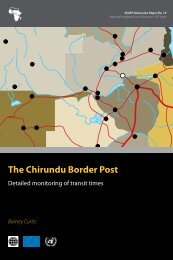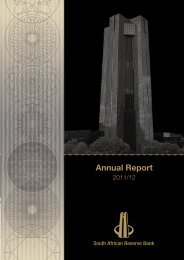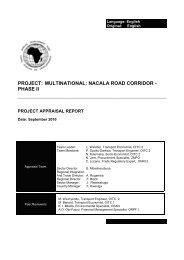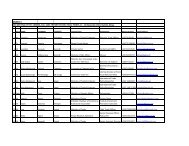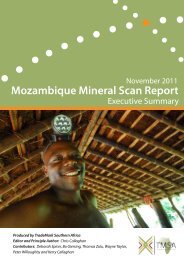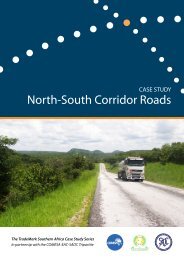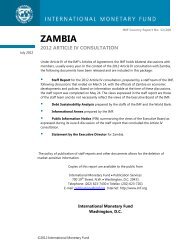Agriculture, Food Security and Inclusive Growth - SID Netherlands ...
Agriculture, Food Security and Inclusive Growth - SID Netherlands ...
Agriculture, Food Security and Inclusive Growth - SID Netherlands ...
You also want an ePaper? Increase the reach of your titles
YUMPU automatically turns print PDFs into web optimized ePapers that Google loves.
DISCUSSION<br />
Jan Douwe van der Ploeg - Professor, Wageningen University <strong>and</strong> Research Centre<br />
Introduction<br />
IFAD’s Rural Poverty Report 2011 is, compared to the many other policy<br />
documents, a step ahead, as:<br />
1. It systematically introduces <strong>and</strong> discusses the issues of risks, risk environment<br />
<strong>and</strong> the strategies of the poor to cope with risks.<br />
2. It does not take the market for granted. It goes beyond the market as defined<br />
by neo-classical economists <strong>and</strong> talks far more about empirical markets: niche<br />
markets, world markets, large commodity markets, all with their own specific<br />
forms of governance.<br />
3. It entails a solid discussion on poverty which goes beyond the normative<br />
dimension only. Thinking about this little devil on the shoulder of the IFAD Team<br />
Leader, one might observe that the report follows the World Development<br />
Report (2007), but simultaneously it goes beyond it, especially where it integrates<br />
strategic elements of the international assessment of agricultural knowledge<br />
systems, <strong>and</strong> science <strong>and</strong> technology development.<br />
Critique<br />
There are some points that allow for critical discussion, <strong>and</strong> these relate to the<br />
three roughly indicated recommendations in the report, formulated to further<br />
the fight against rural poverty.<br />
1. Throughout the report there is an underlying thesis that the different forms of<br />
agriculture – peasant agriculture, smallholder agriculture, corporate farming,<br />
<strong>and</strong> entrepreneurial farming - might all exist alongside each other. They are partly<br />
tied to the same market <strong>and</strong> it is assumed that these forms co-exist. The report<br />
goes even a step further when it argues that strengthening the link between<br />
smallholder farmers on the one h<strong>and</strong> <strong>and</strong> the big markets <strong>and</strong> the value chains<br />
on the other would significantly improve the situation of these smallholders,<br />
it would help them to escape poverty. There is indeed historical evidence that<br />
different forms of farming could exist alongside each other. Nevertheless, it is an<br />
open question whether today such a co-existence is still as possible as it used to<br />
be in the past. Recent studies in the north of Peru have documented the rise of<br />
new corporate farm enterprises. These are located alongside peasant agriculture<br />
in the communities. Here peasant agriculture is facing serious water deficits,<br />
since the corporate farms have been able to accumulate most of the water. This<br />
privately appropriated water is heavily defended <strong>and</strong> exclusively used for high<br />
value export crops going to the United States <strong>and</strong> Europe. Co-existence here<br />
AGRICULTURE, FOOD SECURITY AND INCLUSIVE GROWTH | 59


